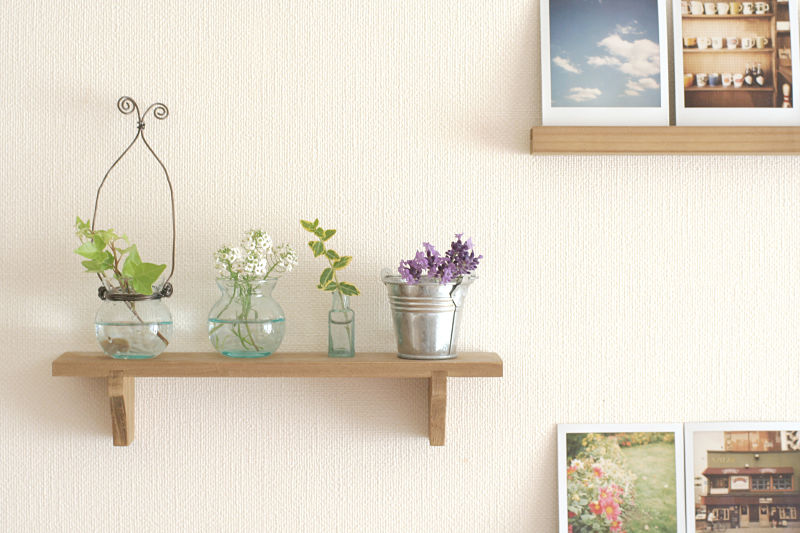How To Properly Hang Things In Your Apartment: Should I Be Using Nails or Screws?
One of the joys of having your own home is that you can personalize it with all the artwork and pictures that you like. However, your quest toward a homier home can be impeded by a long-running debate that has plagued generations of mankind: nails versus screws. While there is still no definitive answer as to which is the superior fastener, there are some quick guidelines to stick by.
To Find the Stud or Not
Before you even think about putting the picture on the wall, you need to consider whether the drywall alone can hold your picture. Ideally, you should be finding a stud behind the drywall so you can plunge a nail or screw into that. Pictures that hang on a stud-supported nail or screw are less likely to fall down than if they’re driven only into the drywall. While there are no hard-and-fast rules as to the weight limits for hanging something on drywall alone, anything 20 pounds or more should be hung on a stud. Use your best judgement, but to be safe, you’d be best finding a stud to hang your art on; they’re not too far apart, after all.
 Nails Versus Screws
Nails Versus Screws
Even today, no one can really agree on which fastener you should be using to hang your artwork. In all honesty, there probably won’t be a difference between the two, as long as you’re driving the nail or screw into the stud behind the drywall. However, when it comes down to the gritty details, many say that a screw provides greater support and tension. This will probably only apply to heavier objects such as body-length mirrors or huge paintings. It is worth considering, however, that nails are usually noisier to install than screws, so be conscious of your neighbors.
Alternatives to Nails and Screws
With so many options for hanging a piece up in your home, you could always disregard nails and screws entirely and go with a third option instead. Hollow wall anchors are one popular hanging alternative for when you don’t have a stud to work with. Anchors usually consist of a nail and a surrounding sleeve, which expands when pushed through the wall. This provides greater support than a regular old screw. On the other hand, if what you’re hanging isn’t too heavy, you could always consider an adhesive-backed wall hook. Just be mindful of any residue the wall hook might leave on the wall after you take it down.
Hanging Your Piece
Once you’ve figured out a general area you want to hang your piece, you’ll want to be sure to hang it at the proper height, as you don’t want it to seem unnaturally high or low. An oft-repeated rule is to hang it 57 or 58 inches from the center of the piece to the floor. Supposedly, this is what many museums and galleries use to hang their work. Sticking to a common hanging height will also ensure consistency in your home if you decide to put up more than one piece.
While your home will be much more personable with some nice pictures and art hanging on the walls, remember that any nail or screw you use to hang your pictures can can leave a hole. If you’re not sure how the apartment community feels about the issue, give them a call before taking on this weekend project. They may even have tips for you to make the job easier.







Thanks so much for this information!